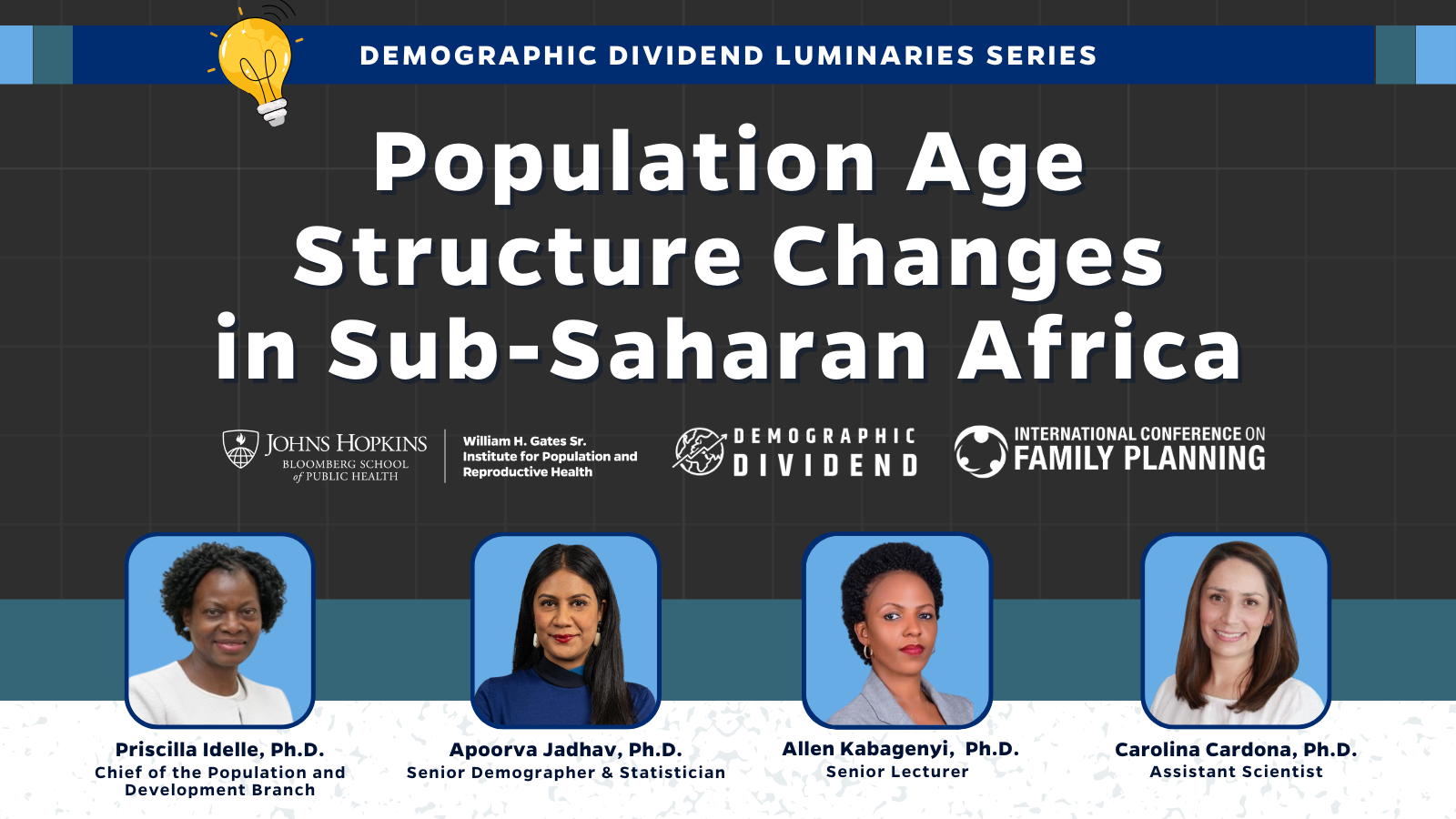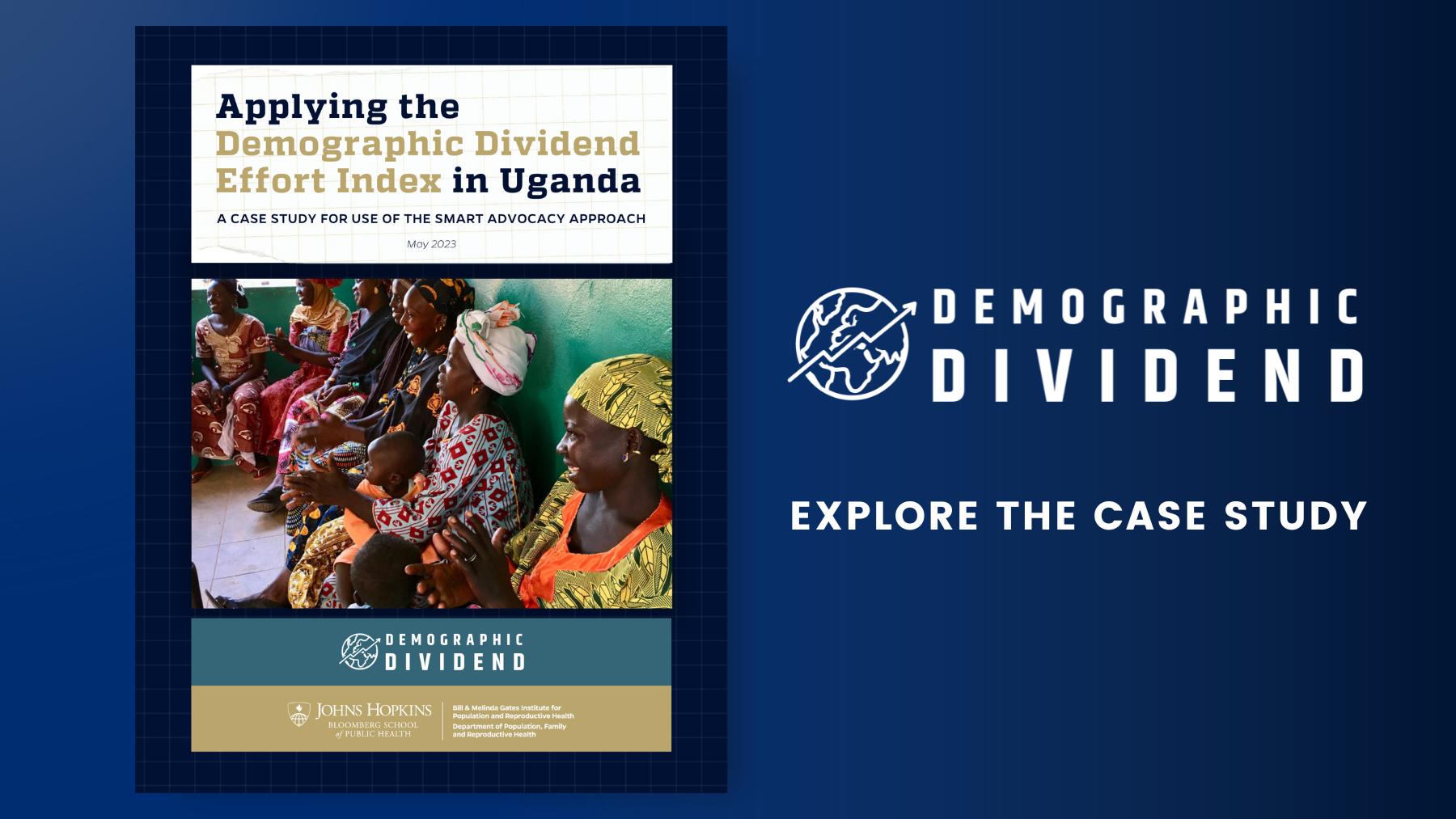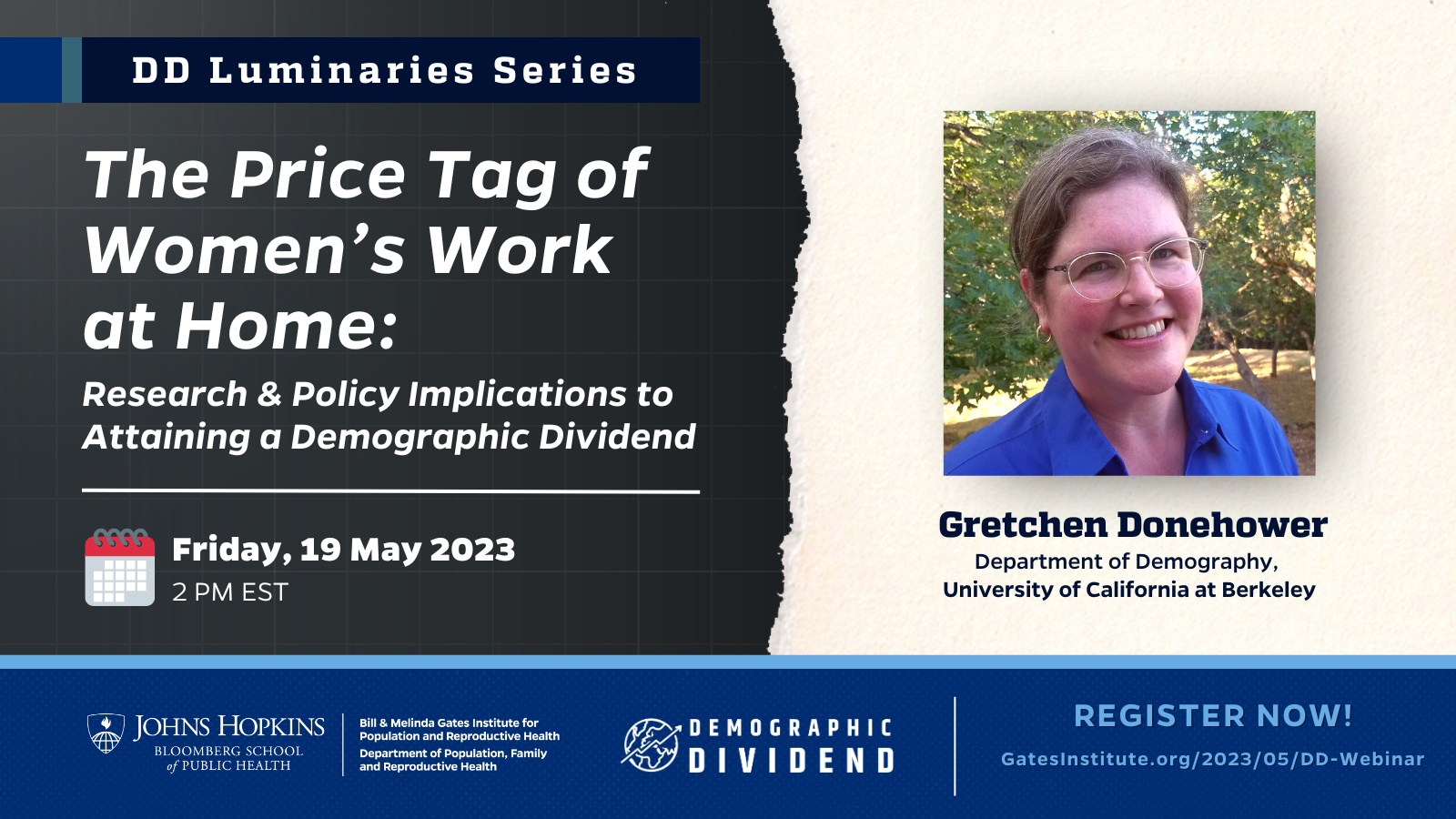Demographic Dividend Quarterly Newsletter
This quarter, we feature the paper, “The Nature and Extent of Demographic Dividend in West Africa: National Transfer Account Approach,” authored by Olanrewaju Olaniyan, Noah Olasehinde, Oyeteju Odufuwa, and Olabanji Awodumi from the Department of Economics at University of Ibadan in Nigeria.
Using data from the United Nations’ National Transfer Accounts (NTA) Manual and World Population Prospects 2017 Revision, the authors found that consumer spending exceeds labor income in all West African countries for those aged below 29 years and above 63 years (the surplus of labor income currently occurs between ages 29-63). Furthermore, the authors found that West Africa has been in the first demographic dividend period since 1999, with an expected peak in the year 2049.
Full Summary:
West Africa will account for a substantial share of the global labor force increase in the coming decades. However, research from this paper shows that a large proportion of the youth in West Africa was not enrolled in secondary school nor did it participate in the labor force. In addition, youths in rural areas were presented with fewer opportunities than their urban counterparts. This poses a great challenge to harnessing the demographic dividend and fully benefiting from the opportunities provided by the African Agenda 2063 strategic framework and the Sustainable Development Goals (SDGs) put forth by the UN’s 2030 Agenda for Sustainable Development.
This paper used the National Transfer Accounts (NTA) methodology to explore the nature and extent of the demographic dividend in the West African sub-region. The NTA methodology estimates economic lifecycles and provides a comprehensive analysis of economic flows, including detailed profiles of consumption and labor income across age groups.
Demographic dividend is estimated by support ratio, which is the number of effective workers relative to the number of effective consumers also incorporating the population age structure and country-specific age patterns of production and consumption.
Population data were extracted from the UN’s World Population Prospects 2017 Revision.
The study used NTA data from 11 countries at different years and adjusted the data using the base year 2016.
The countries analyzed in this study were aggregated based on monetary zones:
- West Africa Monetary Zone (WAMZ), which includes Ghana, The Gambia, Liberia, and Sierra Leone; and
- West African Economic and Monetary Union (UEMOA), which includes Benin, Burkina Faso, Cote D’Ivoire, Guinea Bissau, Mali, Niger, Senegal, and Togo, as well as Cabo Verde and Guinea for relativity and ease of analysis.
Previous studies assessing the demographic dividend using the NTA approach were limited to country-specific contexts, and focused on few countries in West Africa. This study extends the literature by studying the sub-region as a whole, while differentiating the monetary zones in accordance with the development plans in the African Agenda 2063.
This study discovered that consumption expenditure is the lowest for children and highest for the working age in West Africa, peaking at age 45 in WAMZ countries. However, consumption expenditure is lower in the UEMOA countries where it reaches the maximum at age 24. The age profile of labor income has an inverted U-shape.
UEMOA countries reached peak labor income at age 45, earlier than those of WAMZ that reaches their maximums at age 51 and 57.
Furthermore, consumption expenditure exceeds the labor income at all ages below 29 years, after which the economy is surplus until age 63 years. In addition, the study found that West Africa entered the period of first demographic dividend in the year 1999 and is expected to peak in the year 2049. Specifically, it is expected that WAMZ and UEMOA will reach their peak dividends in 2054 and 2040, respectively.
The findings suggest that fertility needs to further decline in West Africa to achieve a decline in child deficit and a boost in the demographic dividend. Educating girls and promoting women’s empowerment are important factors in bringing down the fertility levels. Moreover, ensuring overall quality education and health services, as well as a smooth transition from school to work for the youths, will be the key to successfully harnessing demographic dividend in West Africa.
References:
Olaniyan, O., Olasehinde, N., Odufuwa, O., & Awodumi, O. (2021). The nature and extent of demographic dividend in West Africa: National transfer account approach. The Journal of the Economics of Ageing, 20, 100349.
Summaries prepared by Mingxin Chen, PhD Student in the Department of Population, Family and Reproductive Health at Johns Hopkins University






